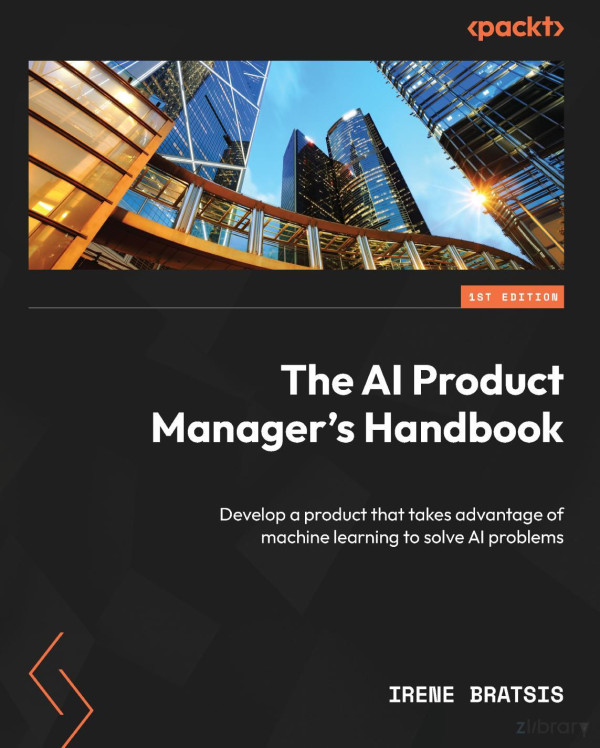

Most ebook files are in PDF format, so you can easily read them using various software such as Foxit Reader or directly on the Google Chrome browser.
Some ebook files are released by publishers in other formats such as .awz, .mobi, .epub, .fb2, etc. You may need to install specific software to read these formats on mobile/PC, such as Calibre.
Please read the tutorial at this link: https://ebookbell.com/faq
We offer FREE conversion to the popular formats you request; however, this may take some time. Therefore, right after payment, please email us, and we will try to provide the service as quickly as possible.
For some exceptional file formats or broken links (if any), please refrain from opening any disputes. Instead, email us first, and we will try to assist within a maximum of 6 hours.
EbookBell Team

4.3
38 reviewsfor people that are casually interested in the considerations of bringing AI products to life. It should
serve you if you’re already working in product management and you have a curiosity about building
AI products. It should also serve you if you already work in AI development in some capacity and
you’re looking to bring those concepts into the discipline of product management and adopt a more
business-oriented role. While some chapters in the book are more technically focused, all of the
technical content in the book can be considered beginner level and accessible to all.
What this book covers
Chapter 1, Understanding the Infrastructure and Tools for Building AI Products, offers an overview of the main concepts and areas of infrastructure for managing AI products.
Chapter 2, Model Development and Maintenance for AI Products, delves into the nuances of model development and maintenance.
Chapter 3, Machine Learning and Deep Learning Deep Dive, is a broader discussion of the difference between traditional deep learning and deep learning algorithms and their use cases.
Chapter 4, Commercializing AI Products, discusses the major areas of AI products we see in the market,as well as examples of the ethics and success factors that contribute to commercialization.
Chapter 5, AI Transformation and Its Impact on Product Management, explores the ways AI can be incorporated into the major market sectors in the future.
Chapter 6, Understanding the AI-Native Product, gives an overview of the strategies, processes, and team building needed to empower the success of an AI-native product.
Chapter 7, Productizing the ML Service, is an exploration of the trials and tribulations that may come up when building an AI product from scratch.
Chapter 8, Customization for Verticals, Customers, and Peer Groups, is a discussion on how AI products change and evolve over
…